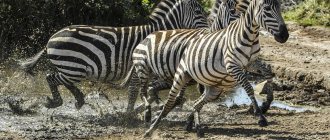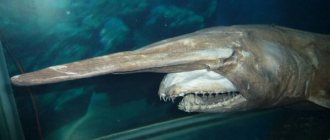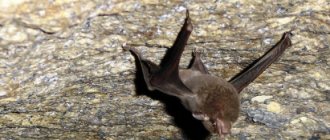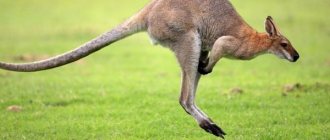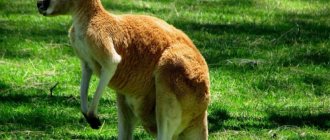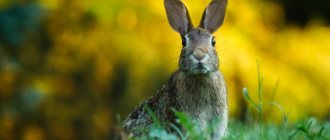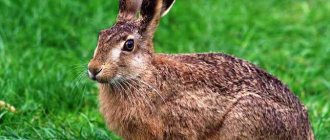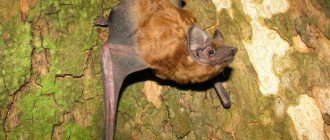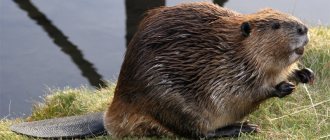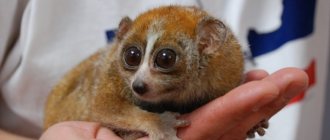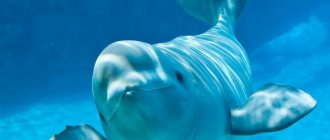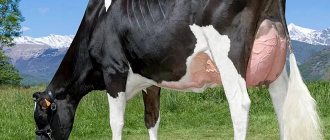Wild horses became the ancestors of known domesticated horse breeds. Their population has been reduced to one subspecies. This happened as a result of human development, an increase in its territorial distribution, the construction of cities, roads and other development. This caused the animals to no longer have enough space to live. It is no secret that wild horses became the ancestors of the emergence of modern breeds of various directions.
Wild horses include the following subspecies:
- Tarpan;
- Przewalski's horse;
- Domestic horse breeds. They are combined into one view.
To date, Przewalski's horses and Tarpans, which could be seen on the lands of Eurasia in the 20th century, have been able to survive in natural conditions. Today, the population of these animals is considered completely extinct. Work to restore numbers continues. But experiments with reverse selection of domesticated horses have not yet been successful. In nature, you can find animals that are domesticated, but for some reason they began to live in the wild and became wild.
Among them are the Camargues, living in France, and the Mustangs, living in North and South America. These animals are recognized and protected by law; they live in protected areas and are protected by humans. Much effort has been spent on restoring the number of Przewalski's horses and wild domestic horses, which have almost disappeared.
Tarpans
In Eastern Europe there are native horses called tarpans. These include animals living not only in the steppe zone, but also in the forest. They are characterized by caution and timidity, as wild tarpans have become a target for poachers and hunters. The resulting meat products had a delicious taste, and the skins were used to produce various items and things. But after urbanization, the use of land for agricultural needs, the construction of cities, all this led to extinction.
Tarpans were small in stature, 1 meter 36 centimeters high at the withers, with a gray coat color. Horses living in the steppes were distinguished by a stronger constitution, while forest horses were smaller and were not as powerful and strong. Tarpans were famous not only for their beautiful coat color, they also had a number of distinctive features. There was a humped nose on the head, the fur grew out during the cold, the mane and tail were not long. Peasants mated Tarpans with domestic horses and obtained a cross, thanks to which later such varieties of horses as Polish Koniks and Heck horses appeared. In appearance they were similar to tarpans.
Przewalski's horse
For the first time, it was the scientist Przhevalsky who discovered and found this wild horse. Today we can consider that they have practically disappeared. They were grown in closed conditions for a long period of time. They tried to revive them, using wild individuals for this. It was necessary to take into account that inbreeding would have a negative impact on the offspring.
The habitat of the Przewalski's horse is the warm lands of Mongolia. It was in this area that scientists tried to return the animals to their natural habitat. Exactly the same actions were carried out in China and Kazakhstan. In addition, horses have found a wonderful place to live in the Orenburg region and Chernobyl. Przewalski's horses have characteristic external qualities. Their color is only savrasaya. Animals with a strong body constitution, well-developed muscles, a large head and a wide neck. Height at the withers is 1 m 53 cm. The mane and tail area has short hair.
Description
— Advertising —
Horses have an elongated head, large eyes, wide nostrils and large, pointed, mobile ears. They have a long, hanging mane, a long muscular neck, and a rounded body. Legs are tall and slender. The tail consists of long hair. The color or color of horses is varied. There are black, red, bay, gray horses; the head and legs can be decorated with white spots. As horses age, they become grey. In addition, winter hair is lighter than summer hair.
Peculiarities
Horses have excellent hearing, but their vision and sense of smell are slightly worse.
Height and weight
Growth differs among different breeds and is also determined by nutrition and care of the animal. The better they are, the larger the horse grows. The average height of domestic horses is 150-185 cm. The weight of large riding and light draft horses is from 400 to 600 kg. Heavy breeds weigh 700-900 kg.
— Advertising —
Camargue
On the coast of France there live whole herds of Camargue horses. Gray color is a characteristic feature of these animals. At birth, young animals can have different coat colors. He has a strong body constitution, height is 1 m 55 cm at the withers. It is still unclear how these wild horses originated. It is assumed that the Camargue combines many breeds that mixed with each other during the migrations of people to various territories of European countries. Today, wild horses of the Camargue are under the care of the state. Each animal has its own number, and they are also culled and even castrated in order to control the number of animals.
Pinto and Appaloosa
They played an important role in the life of the Indians. It seemed that the local tribes had long ago learned to ride them. The warlike Comanche tribe really liked Pintos, and later they were widely used by cowboys.
This species is distinguished by its smooth and beautiful movement, as well as the presence of unique colors. But the Appaloosa was bred by the Nez Perce tribe, its name translates as “iron heart.” This horse received it for its fast acceleration and special endurance.The first Appaloosa horses were seen by this tribe near the Palouse River. After 1877, this breed became very rare as the Nez Perce tribe was defeated by American troops and became history.
Some of the remaining horses became truly wild animals again.
Mustangs
Oddly enough, mustangs were formed as a result of the feralization of domestic horses, which were brought to America during the period of land development. It is said that mustangs were formed from the Andalusian breed of horses that survived in natural conditions, and due to which they had to modernize and become larger and stronger. Mustangs live in large areas of plains and steppes. Their movement is limited to parks and reserves. They are protected by law, as there are attacks from poachers for their meat and skins.
Endangered breeds
Russia at the beginning of the twentieth century was one of the most equestrian countries in the world. Having a wide variety of natural conditions, it also had a sufficient number of horse breeds adapted to specific areas. However, time and technological progress have driven the horse out of most areas of everyday life: 22% of horse breeds have already disappeared, and the numbers of 29% of breeds are either at the lower threshold of possibility of conservation, or their existence is generally questioned.
Entire layers of the history and culture of the regions and nationalities living in them are associated with indigenous breeds. The disappearance of breeds threatens the loss of national traditions and national self-identification. This truth was realized at least in Bashkiria, Tuva, Buryatia, Yakutia, where the preservation of the traditional way of life is directly related to horse breeding. Horses are used here both as labor and as a source of meat, milk, and six. In these regions, there are national programs to support horse breeding, but in general the number of horses here is quite large and does not cause concern for their continued existence.
The situation is much worse with the Mezen breed, Pechora, Priobskaya, Tavdinskaya, etc. These are horses mainly for working purposes. With the widespread introduction of mechanization in rural and private farms, the need for horsepower has sharply decreased. However, along with the disappearance of horses from villages and villages, employment decreases, folk traditions and crafts are lost, and social problems increase. So maybe national breeds and their preservation are one of the “links” of Russian society, not far-fetched, but quite real?
Mezen breed. One of the northernmost Russian breeds. Unpretentious to feed, able to walk in deep snow, these hardy horses were faithful helpers of Pomors. Now there are no more than 500 individuals left. Photo: Natalya Spasskaya, Kommersant
How do wild horses live?
As a rule, wild horses live in herds. There are several groups in the herd, which include a stallion and a number of mares. Such classification in the herd occurs during a period of long transitions and search for food. The animals are very hardy and can travel a huge number of kilometers during the day to find the best pastures. In winter, they are able to obtain food under a thick layer of snow, using their hooves. They prefer to live in the steppes, where a lot of grass can be found, and the plain allows them to monitor the movements of the enemy and possible danger. When animals feel threatened, they stand in a large circle, in the center of which there are young animals with females. In this case, such tactics are used infrequently, since at the slightest rustle and suspicion of danger, the animals rush to run.
Reproduction
There are several females for one male. He handles covering all the mares in the group. As a rule, it is the strongest stallion who has confirmed his rights. From the age of one and a half years, horses are ready to reproduce. In the spring, sexual hunting begins and animals intuitively feel this and natural mating occurs. The duration of pregnancy is 11 months. Animals reproduce during the warm period from spring to July. Thus, the young are born next year and have time to gain strength. If favorable weather lasts for a long time, then sexual hunting can occur throughout the year. Foals live in a herd from one and a half to two years, after which their own group is formed.
A little historical background
It is assumed that the breed was formed over the course of a century. The roots come from domestic horses.
The fact is that during the development of territories, people often abandoned sick animals, and horses also ran away from pastures.
Naturally, no one was going to look for them; this was a pointless exercise, given the vastness of the prairies.
Animals gathered in herds and roamed in search of water and food. Some individuals died. Those that survived learned to live without humans.
